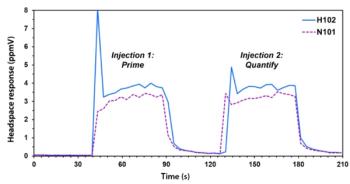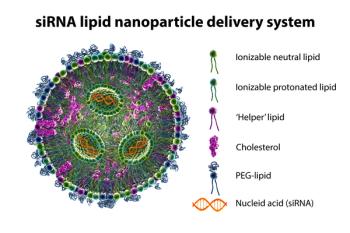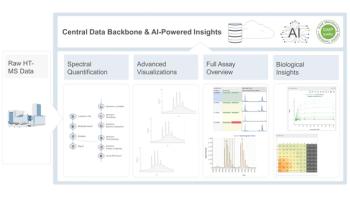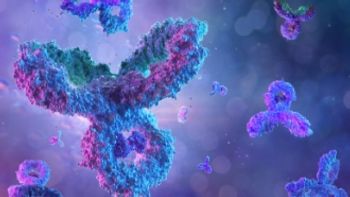
Machine Learning Models Help Researchers Predict the Ages of Ginseng
To combat fraudulent sales of low-aged ginseng disguised as high-aged ginseng, scientists from Shanghai University of Traditional Chinese Medicine created machine learning models to predict the ages of ginseng samples.
To combat fraudulent sales of low-aged ginseng disguised as high-aged ginseng, scientists from Shanghai University of Traditional Chinese Medicine in China, developed machine learning (ML) models to predict the ages of ginseng samples. Their work was published in the Journal of Separation Science (1).
The study aims to differentiate mountain-cultivated ginseng by age. Ginseng has been studied for its multiple health benefits, including boosting the immune system and fighting conditions like colds, flu, and cancer. Mountain-cultivated ginseng is usually harvested after 10 years and can produce more berries and seeds than wild ginseng plants, or ginseng plants harvested after 15 years. This difference has led to issues in the ginseng market, with some fraudulently selling low-aged cultivated ginseng and disguising it as high-aged.
For this experiment, 98 ginseng samples were analyzed using liquid chromatography–mass spectrometry (LC–MS), with multivariate statistical analysis used to identify patterns between samples and influential components. ML models were also created to assist in this process. Untargeted metabolomic analysis divided samples that were between 4–20 years into three age groups, with 22 age-dependent biomarkers discovered to differentiate between said age groups.
From there, three more ML models were made to predict new samples, which eventually led to an optimal model being selected. According to the scientists, “Some biomarkers could determine age phases according to the differentiation of mountain-cultivated ginseng samples” (1). The biomarkers were later analyzed for potential variation trends.
Reference
(1) Chen, G.; Zhang, H.; Jiang, J.; Chen, S.; Zhang, H.; Zhang, G.; Zheng, C.; Xu, H. Metabolomics approach to growth-age discrimination in mountain-cultivated ginseng (Panax ginseng C. A. Meyer) using ultra-high-performance liquid chromatography coupled with quadrupole-time-of-flight mass spectrometry. J. Sep. Sci. 2023, 2300445. DOI:
(2) American ginseng. Icahn School of Medicine at Mount Sinai 2023.
(3) Differences between Wild and Cultivated Ginseng. National Ginseng LLC 2023.
Newsletter
Join the global community of analytical scientists who trust LCGC for insights on the latest techniques, trends, and expert solutions in chromatography.





